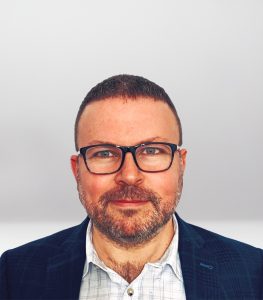Register Here.

Abstract:
In our rapidly urbanizing world, many hazard-prone regions face significant challenges regarding risk-informed urban planning and decision-making. This talk addresses this issue by investigating evolving spatial interactions between natural hazards (earthquakes, floods and liquefaction), ever-increasing urban areas, and social vulnerability in Kathmandu Valley, Nepal. This study emphasizes an urgent need to implement effective policy measures for reducing tomorrow’s natural hazard risks.
Speaker Bio:
Dr Carmine Galasso is a Professor of Catastrophe Risk Engineering in the University College London (UCL)’s Department of Civil, Environmental & Geomatic Engineering (CEGE), UK, and a Visiting Professor at UBC, Vancouver. His research focuses on developing and applying probabilistic and statistical methods and computational/digital tools for catastrophe risk modelling and disaster risk reduction. He investigates risks to building portfolios and infrastructure exposed to multiple natural hazards, including earthquakes, strong wind, and flooding, with particular emphasis on low-income countries and community-based infrastructure (schools, hospitals, heritage assets). Carmine is a key investigator of the £20M Global Challenges Research Fund (GCRF) Urban Disaster Risk Hub by UK Research and Innovation (UKRI), where he leads the Risk Working Group. The Hub works in a number of cities (e.g., Istanbul, Kathmandu, Nairobi, and Quito), collaborating with local, national, and global organizations to strengthen disaster risk governance by undertaking integrated, multi-scale, and cross-disciplinary research to better understand natural multi-hazard risk and its drivers.
is a Professor of Catastrophe Risk Engineering in the University College London (UCL)’s Department of Civil, Environmental & Geomatic Engineering (CEGE), UK, and a Visiting Professor at UBC, Vancouver. His research focuses on developing and applying probabilistic and statistical methods and computational/digital tools for catastrophe risk modelling and disaster risk reduction. He investigates risks to building portfolios and infrastructure exposed to multiple natural hazards, including earthquakes, strong wind, and flooding, with particular emphasis on low-income countries and community-based infrastructure (schools, hospitals, heritage assets). Carmine is a key investigator of the £20M Global Challenges Research Fund (GCRF) Urban Disaster Risk Hub by UK Research and Innovation (UKRI), where he leads the Risk Working Group. The Hub works in a number of cities (e.g., Istanbul, Kathmandu, Nairobi, and Quito), collaborating with local, national, and global organizations to strengthen disaster risk governance by undertaking integrated, multi-scale, and cross-disciplinary research to better understand natural multi-hazard risk and its drivers.